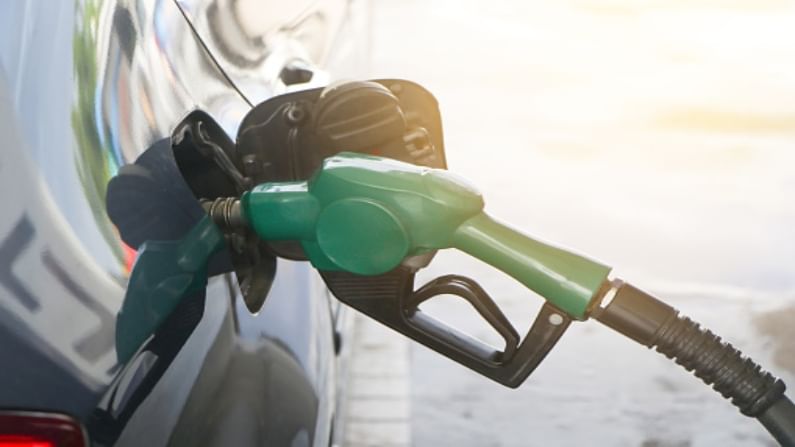Despite rising petrol and diesel prices, lower retail inflation forecast this year
In February, a report by HSBC forecast retail inflation at 4.7% in FY22 despite rising crude oil prices

Where is inflation headed in 2021-22? This question would keep common people worrying as much as it would have policymakers busy throughout the year, especially as the economy struggles to get back to normalcy keeping the pandemic-stricken year behind.
With large sections of the population struggling to return to pre-COVID levels of activity, inflation and employment figures will perhaps be the most eagerly-watched numbers this year.
In 2020, the average CPI inflation was 6.63%. This year, according to the forecast of Reserve Bank of India it will be around 5%, or a little above that level.
In early February, RBI kept the Consumer Price Index inflation target for Q4 of FY21 at 5.2%. RBI also said that it will be in a band of 5.2-5% in the first half of FY22 and would dip to 4.3% in Q3.
Earlier in December 2020, RBI projected inflation at 6.8% for Q3 and 5.8% for Q4 of FY21 and 5.2-4.6% in the first half of FY22.
In February, a report by HSBC forecast retail inflation at 4.7% in FY22 despite rising crude oil prices. The rise in diesel prices is widely viewed to be a deterrent to the inflation coming down since about 60% of the fuel comprises taxes levied by the Centre and state governments. Diesel is the fuel on which trucks, which carry all goods all around the country, move.
Brent crude that comprises a major share of the Indian crude basket was trading at $19 a barrel in April last year. It is now trading at $64/barrel. The price of petrol has already touched Rs 100/litre in at least three states and diesel is almost touching Rs 90/litre. Considering the burden of expenditure that the Centre has right now, it is highly unlikely that it would sacrifice revenues. Therefore, while there is little chance of diesel/petrol prices coming down, if crude prices remain at the current levels, retail fuel prices might continue its northward march if crude prices go up further with concomitant impact on inflation.
Though RBI’s inflation forecast was based on easing of supply restrictions due to the pandemic, the central bank also warned of cost push pressures due to increase in industrial raw material prices exerting upward pressure on the figures.
With a number of agencies, both global and Indian forecasting double digit growth rates for the Indian economy, a rise in prices of goods and services is likely in FY22.
Interestingly, there is no direct weightage of fuel in the basket of goods that is used to measure inflation. There is a weightage of 8.59% which is assigned to transport and communication.
However, there are a lot of components in the basket that bears the brunt of rising oil prices. Food items carry weightage of more than 48% and any change in the prices of food items will adversely impact inflation figures. Some other items are fuel and light (weightage 6.8%), education (4.5%), health (5.9%), household goods and services 3.8%.
Inflation figures are also dependent on how it is calculated. It is measured by comparing the inflation index for the month under discussion with the index of the corresponding month in the earlier year. If inflation was on the higher side in the earlier year the denominator of the fraction becomes higher and the resultant figure becomes lower. It is also called a positive base effect and signifies lower inflation. But it might not imply an “ease of living” index.

